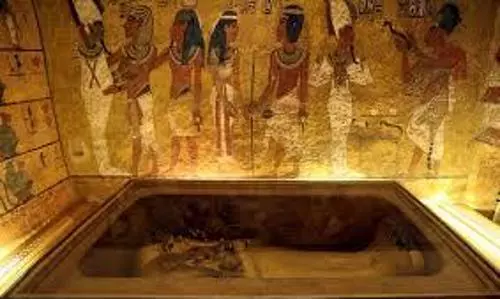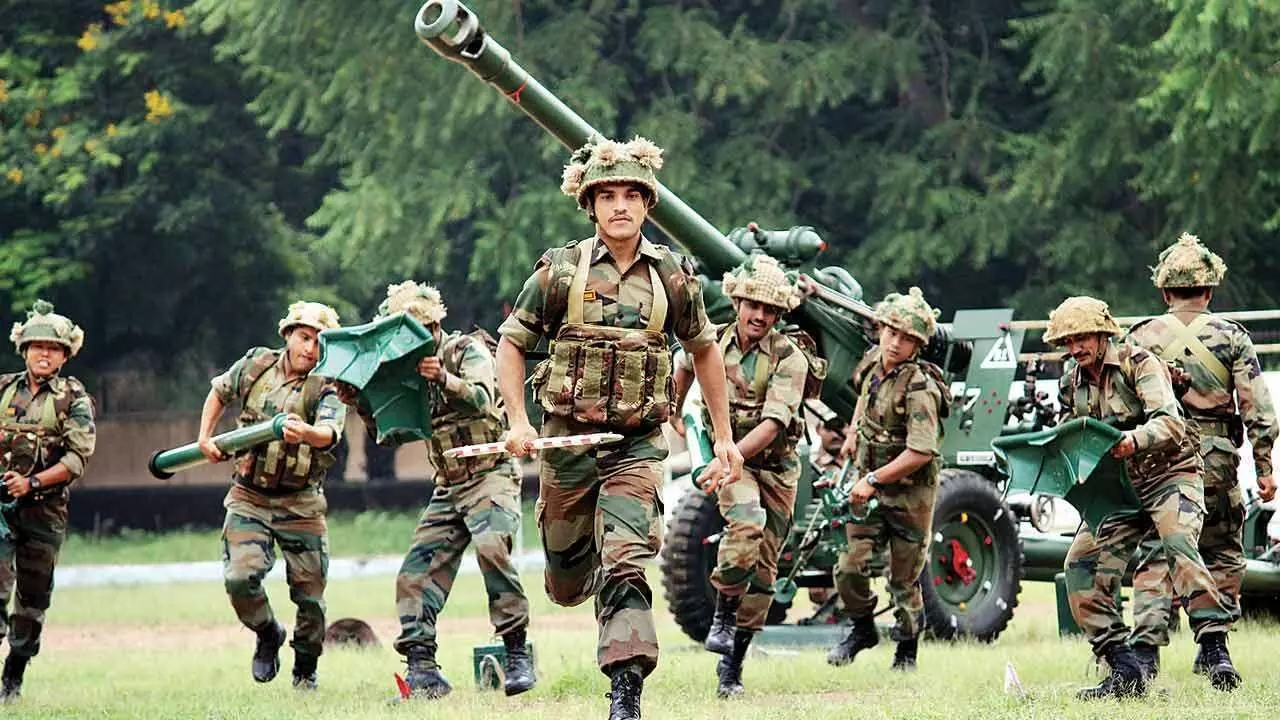
Agniveers for whom?
text_fieldsImage only for representation
The Union cabinet which met on Tuesday gave its nod to the Agneepath scheme of the Defene Ministry. The scheme is to make youth above 17 and a half years of age part of military service for four years. Those who are selected will be known as 'Agniveer'. It is to start this year during which 46,000 candidates will be recruited. Girls are also allowed to join. Those are selected as Agniveers will receive a salary of Rs 30,000 and on retirement a lumpsum of Rs 11.71 lakh. Twentyfive percent of those who perform meritoriously from among the troops can join the force.
Debates of different kinds are going on about the Agnipath scheme. Spokespersons for the government say that it is part of modernising the military, and it will make the force that much younger. They also argue that citizens will get attracted to join the forces at a young age. Criticisms against the Agnipath scheme are also there on various counts. There are former military officers and defence experts too who have come ouot against it. They allege that this is a scheme that will strip the military of its professionalism. Military service is not adventurism of the kind seen in Bollywood movies, but a matter that needs solid preparation, perseverance and maturity. They also highlight that the practice of recruiting young people at 17 and a half years and inducting them after a short training will affect the quality of the military. Thus, theirs is a disapproval with focus on military service as a profession. Some have reproached it as a short-cut resorted to by the government to trim expenses in the defence area. What Agnipath does is recruit people at low wages for a short time and then end it. And when they leave the service, what they get is a consolation amount, and not pension or similar benefits as given to retired military personnel. Therefore, they allege that the government plan is to recruit batches in this fashion on temporary service every year and thereby make financial saving. But there seems to be little substance in this allegation. Firstly, the Centre has not made any reduction in the defence budget. Nor does it suspend recruitment to the military. In addition, the government says 25 per cent of Agniveers will be absorbed into the military too. Thus, the criticism that this is a method to save funds is not a valid contention.
As per Indian law, the age of attaining majority is 18 and any one below that age is treated as a minor. It is illegal for them to get married. If any one engages in sexual contact with them, even with their consent, it will attract provisions of POCSO (Protection of Children from Sexual Offences Act). They cannot be coerced to work. In a country with such laws in place, recruiting teenagers at the age of 17 and a half years for such a sereious vocation, is fraught with legal and ethical ramifications. At a global level, we have the issue of children being used in the battle front. And international human rights bodies and the UN do talk constantly against that trend. It is in such a context that those in an age group before attaining full maturity, are being recruited as part of the military. The legal and moral issues underlying this deserve to be viewed seriously.
On another level, the dream of fascists, a dream shared by the RSS too, is a hyper-miliarised country. That very organization has a semi-military character. In 1931, the era of Mussolini, early Hindutva leader Balakrishna Moonje had visited Italy. One who had held an interview with Mussolini, Moonje also visited the major military schools in that country. It was he who, on returning home established the Bhonsala Military School in Nashik whose goal was to militarise Hindus. In other words, militarisation at a young age is major scheme of Hindutva movements. And compulsory military service is also an idea they nurture. Thus it won't be entirely wrong to suspect the Agnipath scheme to be the first step to that scheme of things. The first batch of recruitment is envisaged to number 46,000 and it may increase each passing year. It can also move to a stage where such a service is made a condition for school students to obtain a certificate. Or, special consideration may be introduced for those who go for military service. In short, it may turn out to be a covert way of bringing in compulsory military service without enacting any law for that. And there is no substance in the argument that all this is aimed at protecting the country from enemies. How can young boys who acquire training for a short time be able to protect the country militarily? There are reasons to suspect that this is part of a grand agenda to mould a generation in line with the political agenda of the sangh parivar by injecting in them sentiments of hyper-nationalism and Hindutva philosophy.
























